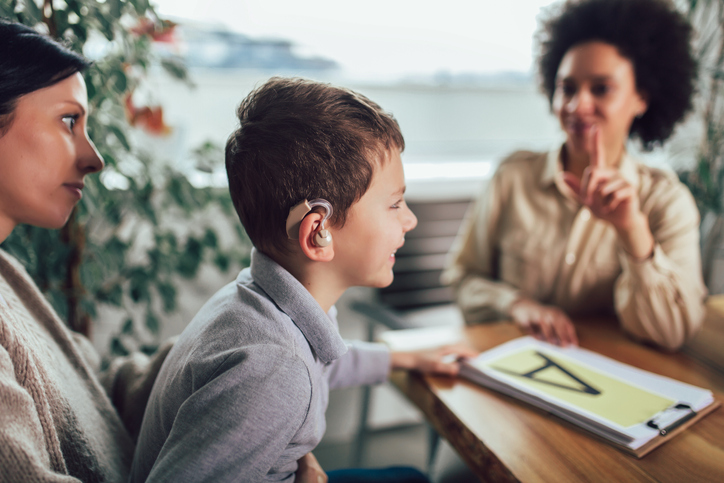

Education, in general, is facing issues with providing students with accessibility options; likewise, that inevitably affects the field of language acquisition. What can educators do to assist people with hearing and/or vision impairments who are learning a new language?
While there are a number of resources for both language learners and educators, a vast majority of those are geared towards individuals who are sighted and hearing (i.e. without any visual or hearing impairments). Often times, the scarcity of resources, coupled with little to no formal training for educators could result in frustration and limited progress for the teacher and student(s) (Başaran, 2012 & Mayer, 2007).
Nevertheless, it is paramount for educators to keep in mind that those they interact with are students first, and students with special needs second. Furthermore, every challenge offers an opportunity to find solutions. Therefore, this article will outline not only several issues facing educators as well as policy makers, but will also outline options for language educators seeking to bridge the gap for those with visual or hearing impairments.
Challenges for Teachers of the Visually Impaired
As discussed in research by Başaran (2012), visually impaired students spend less time around sighted children, as well as engaging in less classroom interaction. Similarly, as indicated by a case study of English teachers in Turkish schools for blind or low sighted students, there was no formal training offered regarding special needs. While there were in-services and professional development opportunities available to the English teachers who participated in the research, all interviewed teachers felt that it was ineffective. These teachers reported a scarcity in resources, as well as time constraints.
Bridging the Gap for Visually Impaired Language Learners
In the 21st century, both language learners and educators are fortunate to have access to ICT (Information and Communication Technology) including PowerPoint with enlarged lettering, audio clips, and other multimedia language activities. The ADA (American Disability Association) recommends linking to WCAG (Web Content Accessibility Guidelines) compliant websites which ensures compatibility with screen reading and text scaling software. Furthermore, while a Braille transcriber can be an expensive machine, this is something to discuss with the administration of your school. If this machine is not an option, some ingenuitive ideas may be used to emboss visual diagrams or charts such as cardboard or string glued over words and lines. Finally, a reader service should be implemented by recruiting volunteers to read to or record for visually impaired language learners.
Challenges for Teachers of the Hearing Impaired
Mayer (2007) reports that many deaf children don’t always reach high literacy in reading or writing. Additionally, if students are from a non-native English background, this might further complicate language development and acquisition. Even more disparities emerge from a lack of visually accessible media, particularly those which express complex, abstract concepts. While a majority of the research available involves deaf and hearing impaired individuals who use ASL (American Sign Language), there is certainly a need to accommodate other students who are familiar with another sign language isolate.
Bridging the Gap for Hearing Impaired Language Learners
Similar to working with visually impaired students, ICT can be quite useful, such as visually explanatory software. Likewise PowerPoints with pictures, diagrams, and visual aids may prove beneficial. Multimedia videos including signing could also assist in communication. Teachers must be sure to allow ample wait time after asking questions, and they should focus on their enunciation and mouth movements when working with students who lip read.
All in all, it is clear that much more research and development needs to occur in order to facilitate accessible language learning for every student that enters the classroom. However, it will be easier with reasonable support and adequate resources that are made available to both teachers and learners.
Andrea Mehringer is an American English language educator living and working in Saudi Arabia.Email address: [email protected]
References
- https://academic.oup.com/jdsde/article/12/4/411/393882
- https://www.researchgate.net/publication/281780906_Teaching_English_to_visually_impaired_students_in_Turkey_A_case_study
https://skookum.com/blog/opening-the-web-to-everyone-building-ada-compliant-websites





